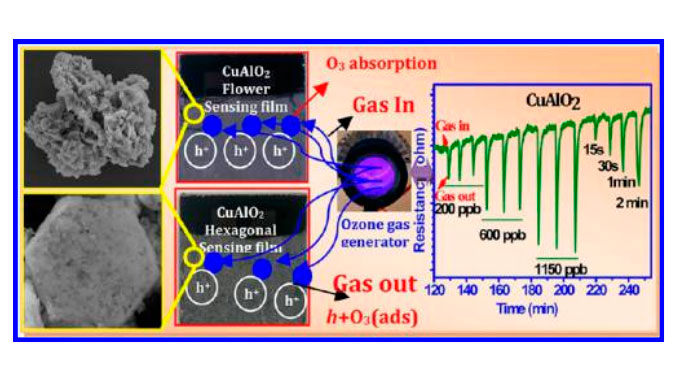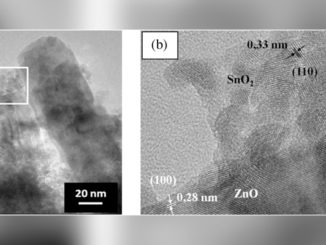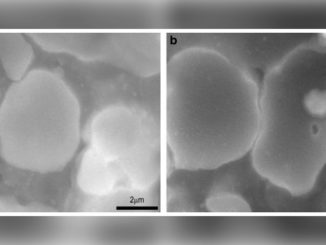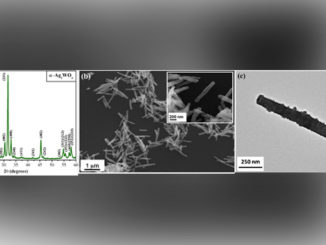
Writers: S. Thirumalairajan, Valmor R. Mastelaro, Carlos A. Escanhoela, Jr.
Keywords: CuAlO2; hexagonal; flowers, morphology; nanoparticles; ozone gas
Abstract: A morphology-dependent nanomaterial for energy and environment applications is one of the key challenges for materials science and technology. In this study, we investigate the effect of the particle size of CuAlO2 nanostructures prepared through the facile and hydrothermal process to detect ozone gas. Phase analysis and structural information were obtained using X-ray diffraction and microRaman studies. The chemical states of CuAlO2 atomic species were determined by X-ray photoelectron spectroscopy. Electron microscopy images revealed the flower and hexagonal shape constituted of pentagon and oval CuAlO2 nanoparticles with average size ∼40 and 80 nm. The specific surface area was measured and found to be 59.8 and 70.8 m2 g−1, respectively. The developed CuAlO2 nanostructures not only possess unique morphology but also influence the ozone gas sensing performance. Among the two structures, CuAlO2, with hexagonal morphology, exhibited superior ozone detection for 200 ppb at 250 °C, with a response and good recovery time of 25 and 39 s compared to the flower morphology (28 and 69 s). These results show that not only does the morphology play an major role but also the particle size, surface area, gas adsorption/desorption, and grain−grain contact, as proposed in the gas sensing mechanism. Finally, we consider CuAlO2 material as a good candidate for environment monitoring applications.
DOI: 10.1021/am507158z




